Syria's International Rehabilitation: What Is Next?
The following strategic assessment paper reviews Syria's position in the regional and international environments in light of the immediate changes that will inevitably cast a shadow over the situation in Syria. The paper also argues that the process of "rehabilitation" for the return of Damascus's diplomatic relations with the international community must be accompanied by "comprehensive local reconstruction" within a path that takes into account the political, economic, security and community aspects.
by STRATEGIECS Team
- Publisher – STRATEGIECS
- Release Date – May 26, 2021
.jpg-اعادة-تأهيل-سوريا-380x340.jpg)
Political statements about Syria's integration into the regional and international environments are abounding, most recently what Western newspapers have revealed in reports that have not yet been denied about a meeting of a high-level Saudi delegation in Damascus with senior Syrian officials, among whom was Syrian President Bashar al-Assad, to discuss several files, including the return of bilateral diplomatic relations, and Syria's membership in the Arab League.
In the midst of a Gulf tour of Russian Foreign Minister Sergei Lavrov in March 2021, UAE Foreign Minister Abdullah bin Zayed stressed the need for Syria to return to the Arab League, in line with what Saudi Foreign Minister Faisal bin Farhan also said during a meeting with Lavrov. In a joint statement, the foreign ministers of the US, UK, France, Germany and Italy also expressed their commitment to the need for a political solution to the Syrian crisis.
These parties want to reduce the pressures that the crisis imposes on regional and international peace and security. After 10 years of destruction, everyone was convinced that the solution in Syria is primarily political, not military. Perhaps this conviction does not stem from the change of political positions; however, but from the inability to militarily resolve the situation in Syria. For the Syrian state has demonstrated its resilience at all stages of the conflict, the classification of which is still controversial.
Some see it as a proxy war in which regional actors have utilized local groups to change the status quo in Syria to redraw their policies in accordance with their interests. There are those who consider it a "civil war" between the Syrian government and groups of people who have called for radical reforms in the structure of the political system. According to those who consider it a civil war, this war has gained more complex levels of confrontation, including sectarian dimensions that were not really far from reality, as sectarian factor was used for media mobilization and the deployment of extremists from around the world toward Syria.
Regardless of these classifications, Syrian people are suffering from a humanitarian crisis that requires systematic and thoughtful reconstruction along a path prepared by post-war studies experts. Reconstruction in theory is not only a construction of the structure, but also a rehabilitation of all general conditions in a given state so that it can recover to deal with its future domestic and international crises in a way that makes it capable of fulfilling its duties to the people and restore its sovereignty and status away from friendly and hostile interventions.
Before speaking about the return of international diplomatic relations with Damascus, the country must undergo a reconstruction process that should include the following aspects:
1. Political aspect:
Throughout the crisis, state elements have been undermined, as geographical sectors were out of government control, the matter which weakened its legal legitimacy and therefore its sovereignty; since state authority should be indisputable.
Since 2015; however, Syria has been able to impose its security and military control over increasing areas of its territory, slightly removing itself from the "semi-failed state" under which states that have partially lost an element of the state's existence fall.
Despite diplomatic rivalry in the past decade, Damascus has remained a member of the United Nations and has maintained diplomatic representation in some capitals. However, the current phase requires the practical initiation of the reconstruction of the state political structure, to build a state that accommodates all currents that are committed to expressing their positions by peaceful democratic means and under the umbrella of the next constitution. In this context, the 150-member Constitutional Committee, equally delegated by the Syrian government, the opposition and civil society, is conducting extensive UN-sponsored deliberations to draft a new consensus constitution that would be followed by UN-censored presidential elections in a neutral environment. The Committee is inspired by the security council's unanimous resolution 2254 in December 2015, which called for an immediate ceasefire against civilians and brining the parties together in formal negotiations.
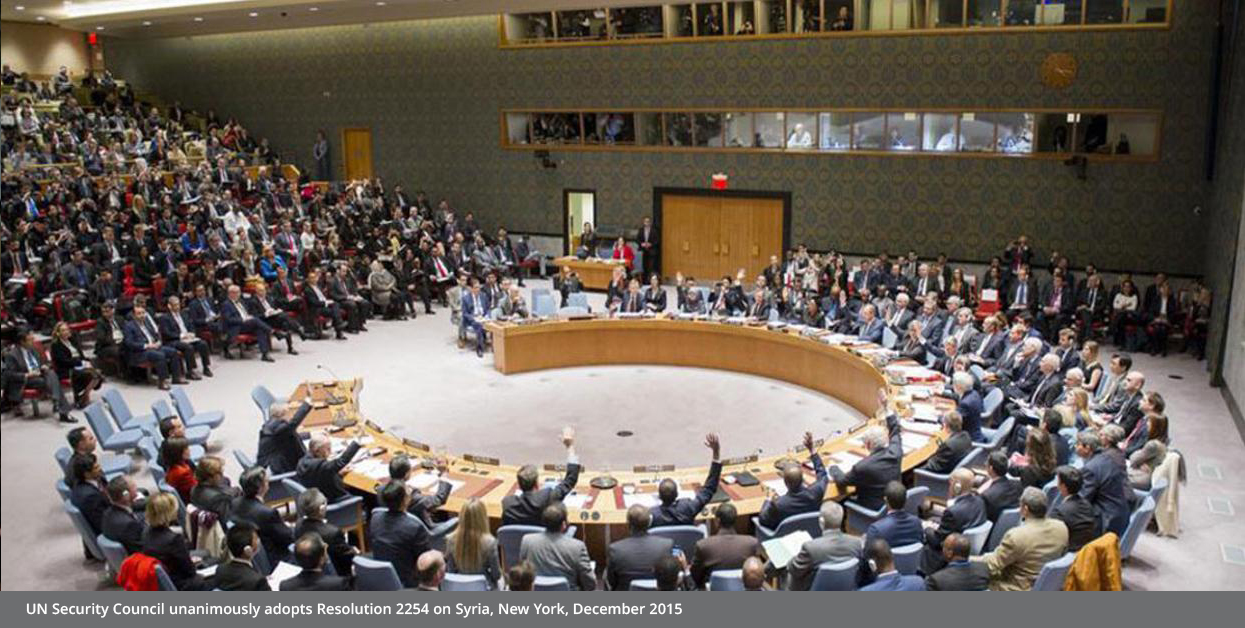
The facts indicate that the work of the Constitutional Committee has been hampered by procrastination and incompatibility of the parties involved, which will prolong the adoption of the Syrian Constitution, thereby disrupting the expected political reconstruction process.
Damascus is counting on the upcoming presidential elections to reformulate its international relations, as the current presidential term expires in mid-July. Internal directives to hold these elections have already begun in accordance with the 2012 constitution, while no real progress is expected in the results of the work of the Constitutional Committee this year, the matter which undermines hopes of holding consensus elections that would pave the way for a local settlement.
Complicating the possibility of such a settlement is the existence of differences within the opposition divided on "platforms" that are difficult to unify; as their objectives, orientations and external ties are at odds.
2. Economic aspect:
The economic reality seems more complex than the local political dimension, as Syria's industrial and agricultural base has diminished to some extent, and natural resources, such as oil and gas, have been exploited by extremist groups, such as ISIS in prior period. Currently, energy sources have been withheld from the Syrian government because oil wells in the northeast are under the control of U.S.-backed Kurdish forces.
At the current stage, Assad’s popular incubator on the Syrian coast is experiencing unprecedented tension, according to observers, for the shortage of gas, electricity and flour. Living conditions in Syria have been affected by the economic crisis in Lebanon and by U.S. sanctions that hinder the possibility of establishing any economic contact with any Syrian entity in vital and civil areas, such as energy, construction and bank transfers, imposed under a U.S. law passed by Congress known as the Caesar Act. The economic situation in Syria has also been affected by reduced support from its exhausted ally Iran in the face of "extreme pressure" sanctions and the consequences of the Covid-19 pandemic.
Any approach to the final solution in Syria should take into account the huge cost of the conflict, which World Vision International, a humanitarian aid organization, has estimated in its latest report published in March 2021 to be more than $1.2 trillion. If the "now" military actions are over “immediately”, the total cost of the conflict until 2035 will be $1.7 trillion in current dollar terms, i.e., the figure by that year will be more than $1.7 billion in the best-case scenarios involving the immediate completion of military operations.
Countries supporting Syria, such as Russia and Iran, are competing to extract a balanced share of the reconstruction "cake" and concession contracts in vital and long-term sectors, such as ports, railways, raw materials and telecommunications. Some of these deals have angered a number of those close to the Syrian Government who adhere to the principle of state sovereignty over all its resources, seeing that such agreements would rob a considerable part of the state's economy and affect its sovereign disposal of its capabilities in a way that takes into account its national priorities.
Later in the report, the economic situation will be highlighted from a geopolitical perspective and how regional and international policies to Syria can play a constructive role in this issue, the effects of which go beyond economic interests to achieve regional balance and restore stability to Syria.
3. Security aspect:
Some areas, such as Idlib, continue to be under the control of armed groups, while the SDF has built an autonomous system independent of Damascus's control, and de facto these predominantly Kurdish forces operates a vital geographical range of the Syrian state. ISIS continues to have a presence, particularly in Syria, and the terrorist group has recently returned to take their toll on Syria and Iraq, taking advantage of states' retreat from their economic and political commitments.
Security reconstruction requires a single security organization that has the right to use weapons under the instructions and resolutions of the central authority, which means that Syria needs a broad campaign to confine weapons - particularly medium and heavy - to the state. This task is difficult given the proliferation of weapons throughout Syria, not to mention the reliance of some regional and international actors on one or the other faction to achieve their own objectives in Syria, hampering efforts to limit weapons to the State.
Any strategic dialogue on the final solution to the Syrian crisis must therefore address the security issue. Some states, such as Turkey, can be involved in political understandings to disarm allied factions, so that these weapons do not turn into time bombs that may be exploited in future tensions, as the post-war period is usually full of tensions.
On the other hand, the Syrian state should pledge to control security practices that hinder political life by reducing security interventions that do not stem from the essence of security competence, such as counter-terrorism and law enforcement.
If the Syrian government seeks to strip the security level of its political presence, it will find itself facing real reluctance at this level, but it will achieve diplomatic gains, particularly in Western countries. Many of their reservations to Damascus are not about the Syrian presidency, but about the security services which have dealt with the crisis since its start.
It should be emphasized that Syria's security will be in favor of the “return of terrorism" and therefore any future security reconstruction must balance security and political requirements, as the exclusion of security agencies at this time will weaken the durability of the already fragile official position.
4. Social aspect:
The social aspect is the most important aspect in the reconstruction process, since all political, economic and security interactions reflect on the social reality whether negatively or positively.
Perhaps the most difficult thing about social studies is that they diagnose elements that may not be measurable, such as values and feelings towards the state and the "other" and cultural patterns prevailing in this or that spot.
However, the decade-long conflict has changed this. before 2011, Syrian society was moderate, open to cultures and away from sectarian extremism, and the Syrian citizen was reconciled with the idea of organizing within the framework of a state that was able to provide security and basic services.
With the deteriorating security situation and the state's inability to fulfil its duties towards society and the emergence of informal means of conducting living affairs, a wide range of Syrians accepted the state of "non-state" and adapted to the new reality.
The Syrian state’s efforts to impose its material and moral sovereignty throughout Syria's geography will therefore face a fundamental dilemma: the diminishing convictions of Syrians with the idea of a state and the principle of universal national identity under which all sectarian, ethnic and regional sub-identities peacefully coexist.
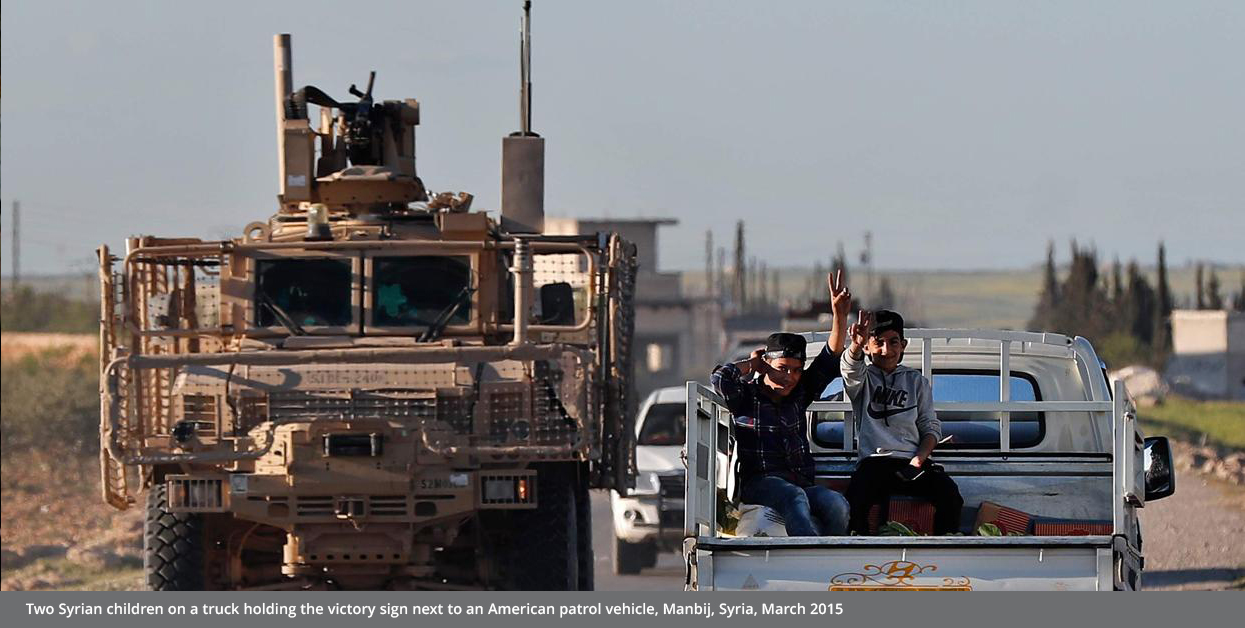
Priorities changing
As the Syrian crisis unfolded, the strategic objectives of the parties involved in the conflict changed. Internally, from the Syrian government's perspective, the central goal has shifted from regaining control of vital cities to rebuilding the state in a comprehensive way. The opposition has changed its goal from "overthrowing the regime" to balanced participation in power.
Externally, the objectives of countries supporting opposition formations have changed from "overthrowing the regime" to combating terrorism in the emergence of ISIS, and now to seeking to rehabilitate the Syrian political structure so that international communication with Damascus is not "embarrassing" for Western capitals, whose politicians and media have heavily criticized and threatened the Syrian presidency.
This international embarrassment is perhaps one of the most important weaknesses that will follow the path of rehabilitation. On the other hand, the Syrian state has two prominent elements of power: its control over the ground and the cohesion of its support system. The balance of power tips Damascus in determining the course of the talks, as the results of any negotiations are a political endorsement of the facts on the ground.
The countries involved in the Syrian crisis have realized this fact. In an exclusive article published in The Middle East newspaper in March 2021, former U.S. Ambassador to Syria Robert Ford said Washington made the mistake of thinking that “the agreement among the foreign ministers in meetings of the friends of Syria is the same thing as agreement on military strategy and tactics in the war.” “We could not fix the problem of different national interests and agendas and the contradictory actions of the intelligence services of the friends of Syria hurt the Free Syrian Army and helped Assad militarily,” he added.
Apart from media statements, the international mood even at the beginning of the conflict was convinced that there was no alternative to Assad capable of enforcing security. At the height of military tension inside Syria, the idea of "the day after the fall of the regime" dominated American and Western thought in general, amid fears of an unpredictable conflict if the state central authority is absent.
This fear explains why supporters of the armed opposition have abstained from providing them with quality weapons, such as anti-aircraft weapons, not to mention concerns about the leakage of these weapons into the "wrong hands" that they will use in terrorist operations in the region and around the world.
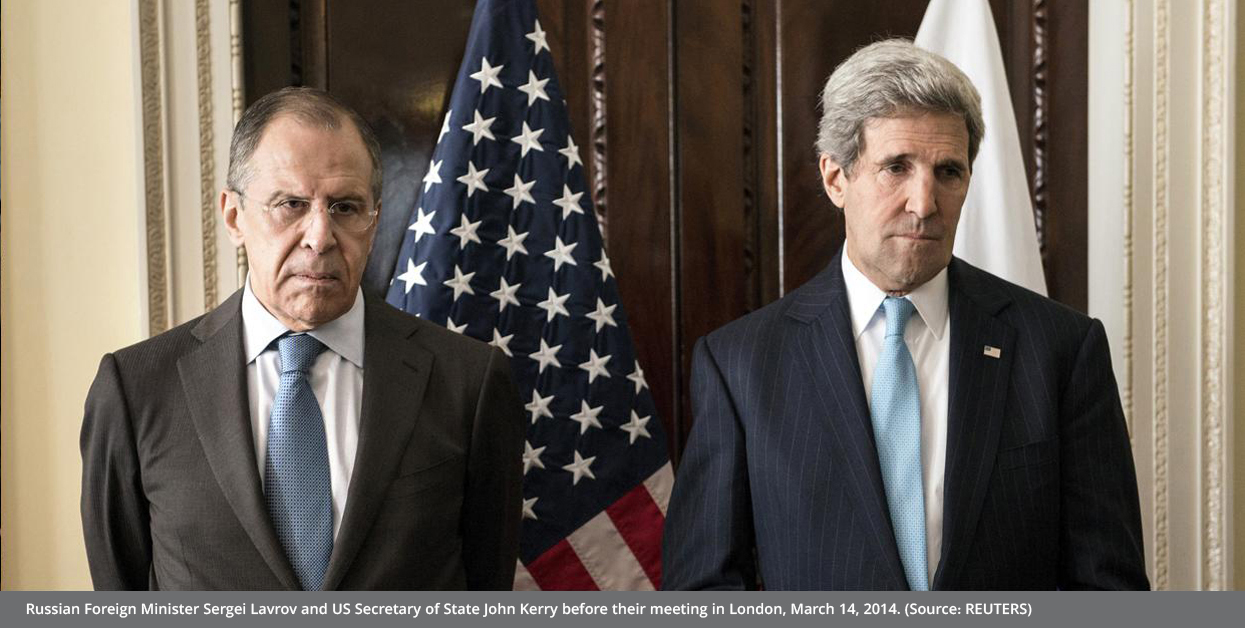
Astana VS Geneva Path
With a new administration in the White House, the Syrian file is awaiting changes that could contribute to ending the war that has been going on for more than a decade. Abstractly, Washington does not have the decisive tools to control the situation in Syria, not because of its weakness, but because the latter is not associated with the vital interests of U.S. national security, which therefore has not been heavily involved.
Under Obama, Washington has followed the "leadership from behind" approach and has only supported its allies' steps toward Syria without seeking to impose a new reality there. Under Trump, U.S. strategy toward Syria -- if there was any -- has been further disrupted with U.S. troops being withdrawn from northeastern Syria, and U.S. sanctions (the Caesar Act) that impede any economic contact with government and nongovernmental agencies imposed.
The decline in U.S. involvement in the Syrian file has paved the way for Russia and Iran to play active roles that go beyond influence in Syria to deeper geopolitical objectives. In the past few years, the importance of Geneva’s UN path to resolving the Syrian crisis has receded in favor of the Astana track, in which Russia, Turkey and Iran are sponsoring rounds of talks between the Syrian government and factions of the Syrian opposition.
Even if these three countries have the reins in Syria, they are certainly fed up with this pending conflict, in which they have suffered widespread human, economic and political costs, and have almost reached a state of exhaustion that may curb their continuation in this vicious circle of (temporary truce, clash, new truce).
It is therefore in the interest of all parties to stop the Syrian vortex, which will not be resolved militarily, but through the agreement of all parties to support a Syrian-Syrian political path. Unfortunately, the solution in Syria has come out of the hands of the Syrians and the Syrian issue has turned into a regional and international issue that hides in its details — often unimportant in the calculations of the actors — a severe humanitarian crisis.
With an optimistic view, the repositioning of the foreign policy of regional and international powers can be relied upon to make progress on the path of a final settlement. The fear here is that the disparity between the Geneva and Astana paths will worsen into a sustainable and consensual contrast.
It is worth mentioning that the US special envoy for Syria, Geir Pedersen, has proposed a new international formula for resolving the Syrian crisis involving the United States, the European Union, Russia, Iran, Turkey and Arab countries. This proposal comes at a time when there is growing conviction that the crisis cannot be resolved on the basis of existing tools.
In this regard, the foreign ministries of Russia, Turkey and Qatar issued a joint statement, the first of its kind, in which they confirmed what had been confirmed at previous international meetings on Syria. However, what is new in this tripartite meeting is the start of "a new consultative process," according to Turkish Foreign Minister Mevlut Cavusoglu. This consultative process may succeed in developing a regional and international consensus to resolve the Syrian crisis.
What is remarkable about this tripartite meeting is the absence -or removal - of Iran. The reality assessment in Tehran indicates that it is burdened due to its regional policies, which are putting a strong pressure on the economically exhausted interior due to U.S. sanctions, the Covid pandemic and low oil prices. This policy, based on the ideological narrative, also seems unable to cope with recent developments in the Region.
With the announcement of a solution to the Gulf crisis, the skies and crossings with Qatar have opened up and Iran is no longer its only outlet to the world. Turkey, whose interests with Iran came on terms in the past on some issues, is also starting to arrange its Middle East relations amid estimates that Turkish-Gulf interactions will see a clear convergence that has begun to emerge since Turkish President Recep Tayyip Erdogan contacted Saudi King Salman bin Abdul Aziz as part of the November 2020 G20 summit, not to mention the imminent positive qualitative shift in Egyptian-Turkish relations, as the two sides held "exploratory" confidence-building talks and tried to bring views to contentious issues closer.
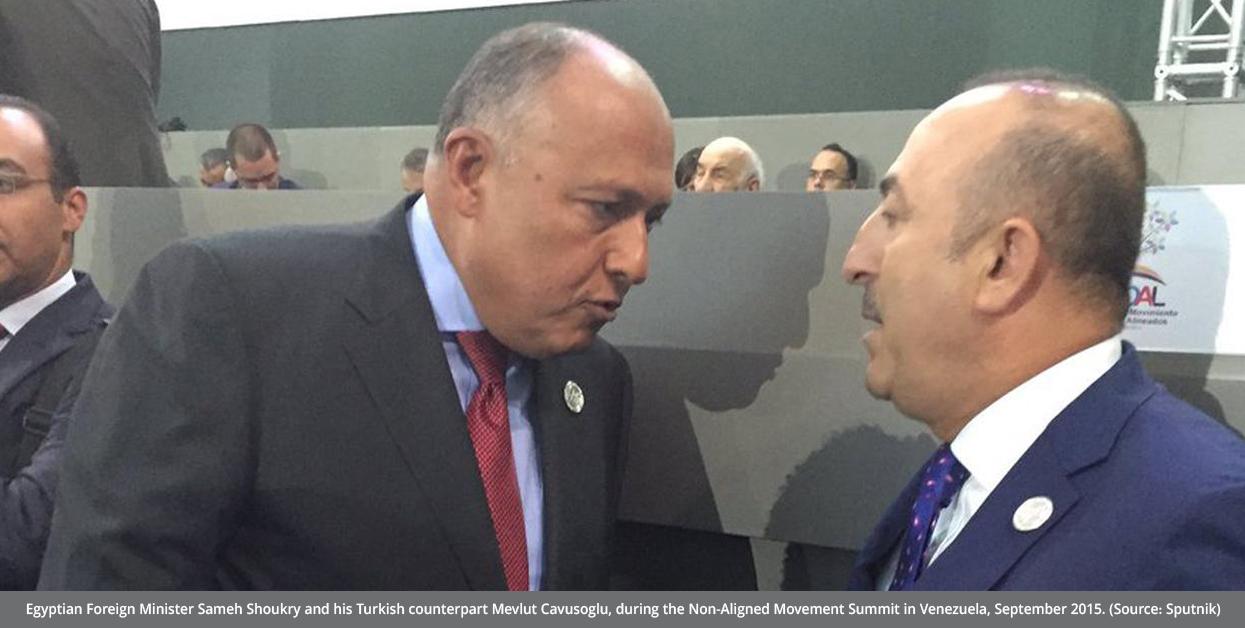
Russia, on the other hand, clearly contradicts Iran’s vision of the future shape of Syria politically, economically and culturally, which is already opposed by some official and popular levels in Syria.
This stalemate in Iran's foreign policy comes at a time when the White House and its European allies are increasingly insisting that Iran not be given "free gifts" in the ongoing negotiations without extracting comprehensive guarantees beyond the nuclear issue. Iran's presence in Syria may be at the table of the major regional "barter", which, in addition to Iran's nuclear program, includes issues such as the war in Yemen. In theory, the multiplicity of issues on the table usually facilitates the process of making joint concessions in accordance with the "Give and Take" process, which overall serves a comprehensive settlement.
Most Arab states that do not have full relations with Damascus have made recalculations in the past few years, including a reassessment of the main threats emanating from Syrian geography, which are currently almost confined to Terrorism and Iranian positioning, i.e., the Syrian leadership itself is no longer a threat to be dealt on military or security levels.
In the face of such facts, the interests of most parties converge towards reducing Iranian influence in Syria, which is expanding towards economic and cultural areas. Arab and Gulf states find themselves committed not to repeat the Iraqi scenario when the Iraqi arena was cleared for Iranian instruments to eventually have great influence over the Iraqi sovereign decision.
Accordingly, the desired "rehabilitation" process must take into account the non-repetition of previous crucial errors. If the rejection is Iran's "expansionist foreign policy," this rejection should not extend to its hotbeds of expansion, but must be bloodlessly crowded through economic means to create a state of balance that gives Damascus flexibility in making its decisions in line with the aspirations of its people in the first place.
Some may think that there is no justification for the US (and its allies and partners) to resolve the conflict in Syria, but this belief seems to be an exaggeration of the fact that the United States is moving toward the Far East and reducing the strategic and material cost of its Middle East position; because this gradual withdrawal requires some kind of stability so that Russia and China do not take advantage of the chaos to increase their presence in a region traditionally affected by U.S. influence.
Here, Washington's quest to form an Arab-Israeli alliance can be understood, since its real purpose will not be to "deter" Iran in the first place, but to prevent a "power vacuum" at a later stage to disengage relatively with the region.
Conclusion
In the face of the emerging data reviewed in this paper, "The Coming Syria" is one of the pillars of the region's new engineering, for it is the focal point between Iran and Iraq with Lebanon, and without Syria and Lebanon Tehran will lose its geopolitical access to the Mediterranean Sea. Syria's northern border with Turkey, which is relatively high Kurdish density, also gives it a weight in regional security calculations. Because the next conflict in the region will be more regional than international, major regional currents will seek to extract the greatest possible gains in the rehabilitation path for the future Syria.
The likely scenario for the return of international relations with Damascus: Washington and the West exerting humanitarian pressure on Damascus to the opening of a UN criminal investigation, and international and regional consensus on a formula for a solution in Syria, but local efforts to implement this formula will falter considerably.
Without a common Syrian will to achieve stability, the country will experience waves of short-medium-term social violence, and stability could become a chronic feature of Syria in the long run.
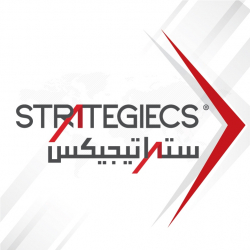
STRATEGIECS Team
Policy Analysis Team
 العربية
العربية